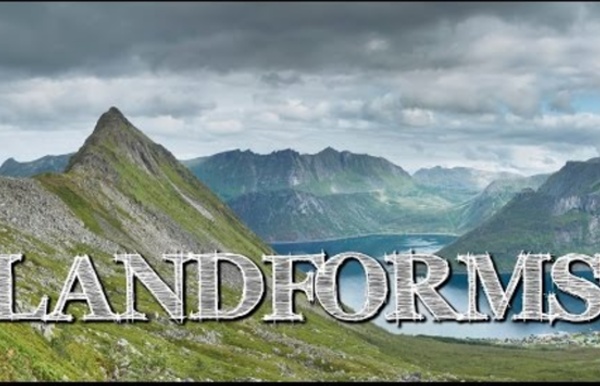



http://www.youtube.com/watch?v=BsqKTJtK_vw
Related: 1. RELIEFS ON PLANET EARTH • JUJOL'S 4th GRADE • GEOLOGY¿Cómo se mide la altura de una montaña? Desde hace algunos días, el Chimborazo ha sido nombrado a nivel mundial. Y es que, gracias a las investigaciones de la Tercera Misión Geodésica al Ecuador se ha logrado determinar que el Chimborazo está 2 kilómetros por encima del Everest, en relación con el centro de la tierra. Pero… ¿cómo se logra medir una montaña? Desde hace miles de años se han utilizado distintos métodos. Barómetro En la antigüedad, se utilizaba un método de deducción basándose en la presión atmosférica. Model Curriculum: Grade 4 Model Curriculum Overview Science » Science Home Grade Four Model Curriculum Overview View unit yearlong overview here In this unit of study, students develop understandings of the effects of weathering and the rate of erosion by water, ice, wind, or vegetation. The crosscutting concepts of patterns and cause and effect are called out as organizing concepts. Students demonstrate grade-appropriate proficiency in planning and carrying out investigations and constructing explanations.
How long will human impacts last? - David Biello This book, The Unnatural World, discusses more about the impact humans have had on the Earth and the new Geologic age called the Anthropocene. Also, take some time to read this post: You have been living in a new geologic time all along, from Ideas.TED.com. This video, The Anthropocene and the Near Future, discusses the Anthropocene and all of its implications. Elizabeth Kolbert's The Sixth Extinction: An Unnatural History argues that man is the cause of the latest mass extinction. Watch this video, which offers more insight into how man has impacted this current geological epoch. What exactly is the evidence that supports the idea of five mass extinctions in Earth’s history?
Longest river The Nile is credited as the longest river in the world. Its main source is Lake Victoria in east central Africa. From its farthest stream in Burundi, it extends 6,695 km (4,160 miles) in length. The two longest rivers in the world are the Nile, flowing into the Mediterranean, and the Amazon, flowing into the South Atlantic. Which is the longer is more a matter of definition than simple measurement. Not until 1971 was the true source of the Amazon discovered, by Loren McIntyre (USA) in the snow-covered Andes of southern Peru.
55 Easy Science Experiments Using Materials You Already Have On Hand Hands-on experiments and projects are one of our favorite ways to teach science. These activities are all easy enough for anyone to try, and you probably already have all the materials you need on hand. Choose a few of your favorites, and let the science fun begin! 1. Crystallize your own rock candy What would happen if every human suddenly disappeared? - Dan This lesson was adapted from Alan Weisman’s 2007 book The World Without Us, which offers an in depth look at a post-human earth. The animation generally covers content from the book’s first two chapters, as well as some information from its closing sections. But the full text goes into great detail about earth’s pre-human past to uncover what it’s post-human future might look like.
Historia de las banderas del mundo Seguro que alguna vez te has fijado en que hay banderas de países que se parecen mucho entre sí. Colores iguales, formas idénticas… Nos puede venir a la cabeza el ejemplo de las banderas escandinavas: ¿cómo es la bandera de Noruega? ¿y la de Islandia? Amazing Hot and Cold Water Density Experiment Save this idea for later! One of my favorite things to do are STEM activities and ocean science experiments! I love seeing the reaction on a child’s face when they see science work before their eyes. A lot of science experiments take a long time, but not the hot and cold water density experiment!
The Elephant's Toothpaste Experiment More science videos on Science Bob’s YouTube Channel You will need A clean 16 ounce (473 ml) plastic soda bottle or a water bottle.20-Volume hydrogen peroxide liquid (20-volume is a 6% solution that is stronger than what you find in most pharmacies. 35 Fantastic Fourth Grade Science Experiments and Activities If you want to see your fourth grade science students get excited, tell them they’re going to do an experiment! Hands-on learning is both fun and effective, so we’ve rounded up some of our favorite experiments, activities, and projects for your students to try. These are also great for parents who want to help their kids expand their learning at home. Get ready for some science fun!